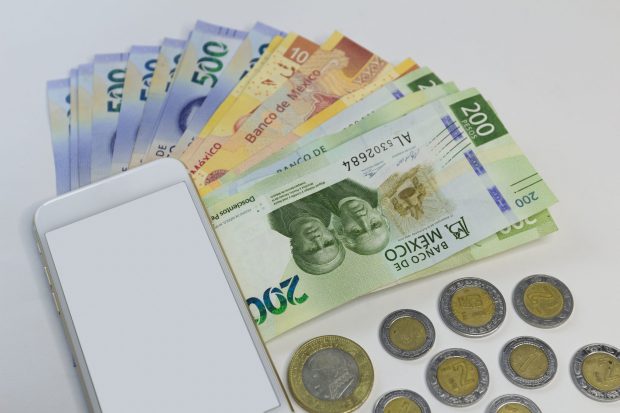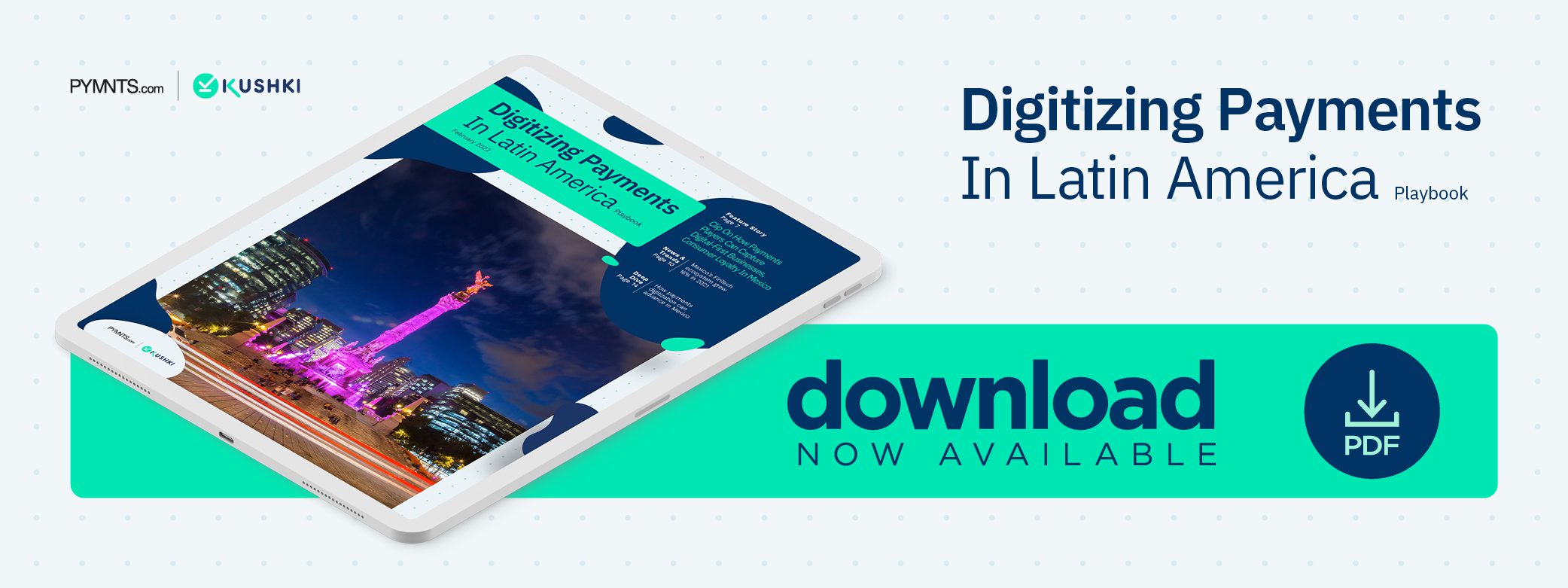Deep Dive: How Payments Digitization Can Gain Ground in Mexico

Improved financial services are top-of-mind for many families and individuals in Latin America, and online banking forms the core of many financial institutions’ (FIs’) strategies to deliver these services. A recent survey found that approximately 90% of bank customers throughout the region leverage some form of digital banking, with Brazil taking the top slot at 98% and Mexico following close behind at 94%.
Mexico presents a particularly interesting case regarding digital payments’ evolution in Latin America. Most Mexican bank customers said they would be willing to migrate to fully digital banks within the next few years, indicating that online digital banking at established FIs may be a steppingstone to wholly internet-based transactions and loans.
Despite these promising findings, however, digital payments penetration has a long way to go in Mexico, largely due to the country’s still mostly unbanked population. The following Deep Dive explores the factors leading Mexican consumers to embrace digital banking and payments, the obstacles holding many back and how current initiatives could improve digital payments penetration.
Mexican Consumers’ Favored Digital Payment Methods
Digital payments are growing rapidly in Mexico, with 2021’s total digital transaction value of $54 billion expected to rise to $90.1 billion by 2025. Mexican consumers’ favorite digital payment method is digital wallets, which account for 19% of all payments, but these fall far behind credit and debit cards, which make up 47% of all transactions.
Nevertheless, cash is still the single most popular payment method in Mexico. The vast majority of bank customers leverage digital access methods, but just 37% of Mexicans have bank accounts, according to a recent study. Those who do have bank accounts tend to use several different traditional payment options attached to them. There are currently 0.99 debit cards in circulation per capita, for example, indicating that the average bank customer has multiple debit cards. Credit cards are much less popular, with just 0.19 in circulation per capita.
The pandemic is also changing the payments landscape in Mexico. One study found that 93% of Mexicans used cash on a regular basis prior to March 2020, but 86% reported using this payment method less as the pandemic wore on throughout that year. Card usage also dropped from 28% to 26% for debit, and from 14% to 11% for credit.
Digital payments could fill this gap, but Mexican consumers’ lack of bank accounts makes this a significant challenge. As such, FIs and payments players are taking several steps to overcome this disadvantage.
Initiatives to Improve Access to Digital Banking and Payments
Many initiatives are underway to improve Mexicans’ access to digital payments, but one in particular stands out. Banco de México recently launched its national digital payments platform CoDi to boost the usage of digital payments in the country and reduce consumers’ reliance on cash, debit cards and other payment methods that easily can be stolen or otherwise compromised.
CoDi leverages QR codes and near-field communication to allow consumers to use their smartphones for digital payments, with money moving via Mexico’s real-time gross settlements payments system, SPEI.
CoDi has been slow to gain ground, however, with just 38 banks and 5 million users leveraging it from the country’s population of almost 130 million. Miguel Diaz, Banco de México’s general director of payment systems and market infrastructures, told PYMNTS in a recent interview that much of this sluggishness was due initially to the platform’s poor user interface, which required merchants to send 18-digit account numbers to each new customer during onboarding.
Banco de México currently is exploring options to improve this user experience and increase its user base, but it cannot solve the problems facing digital payments on its own. Companies and banks will have to join forces to improve bank account access and expand digital payments adoption in the country as a whole.
